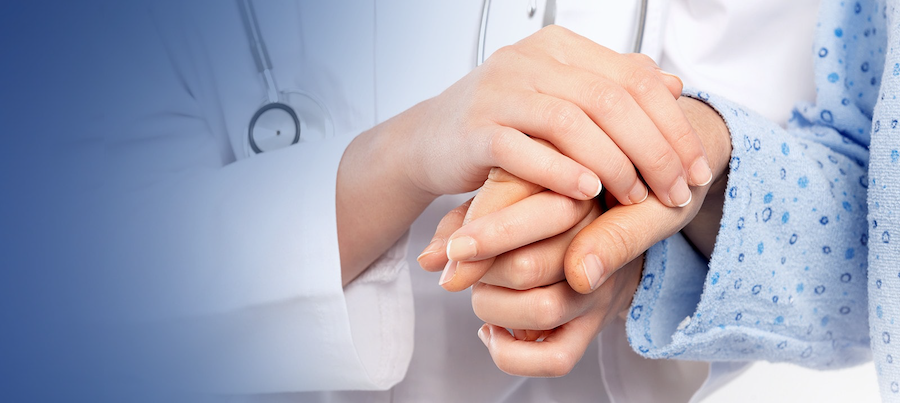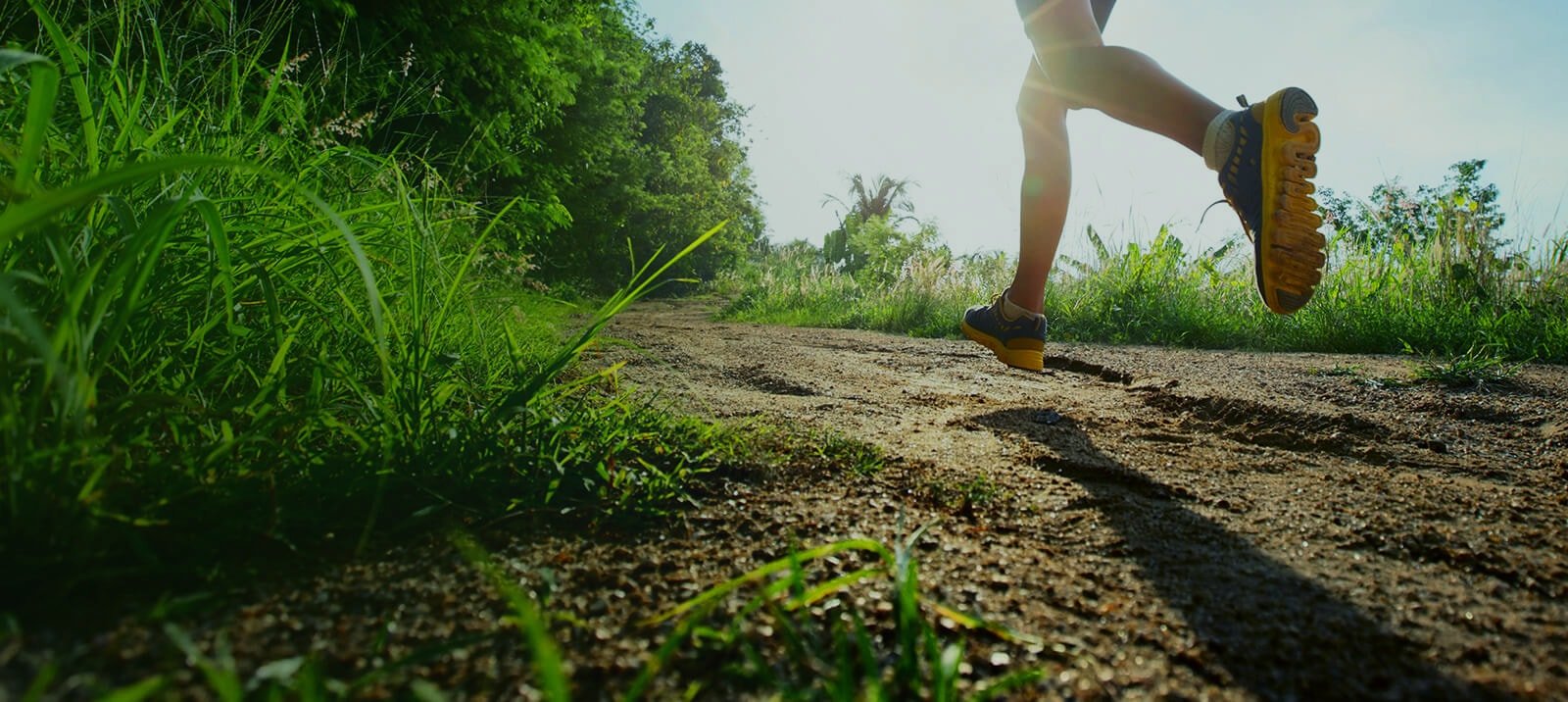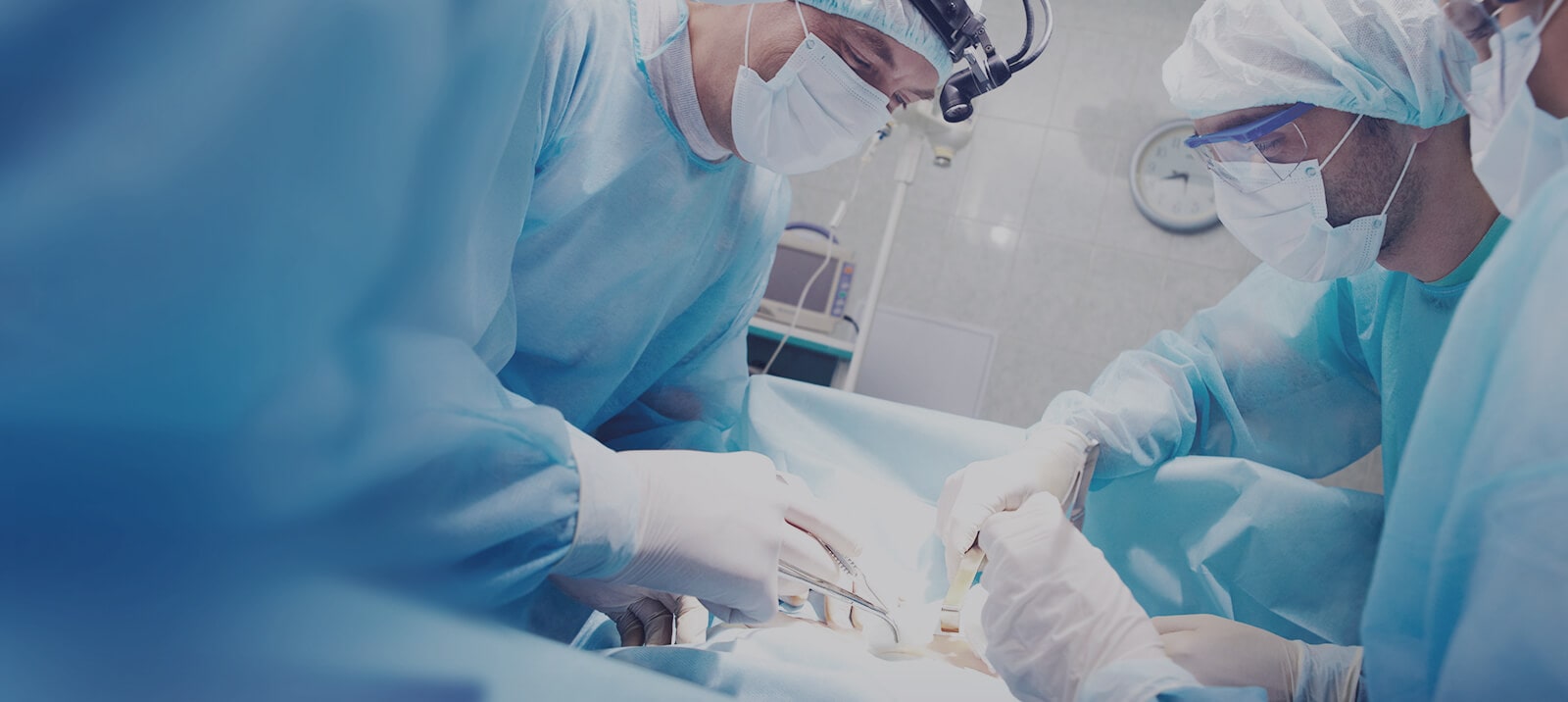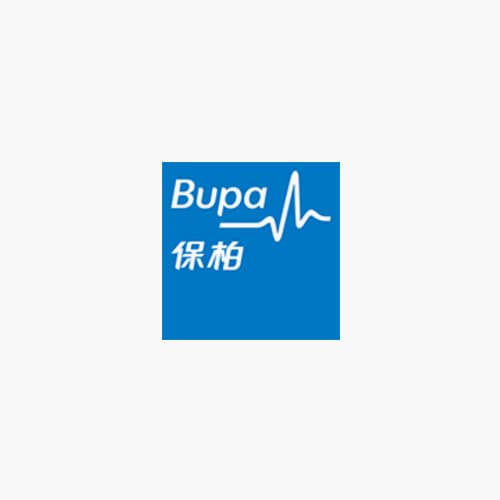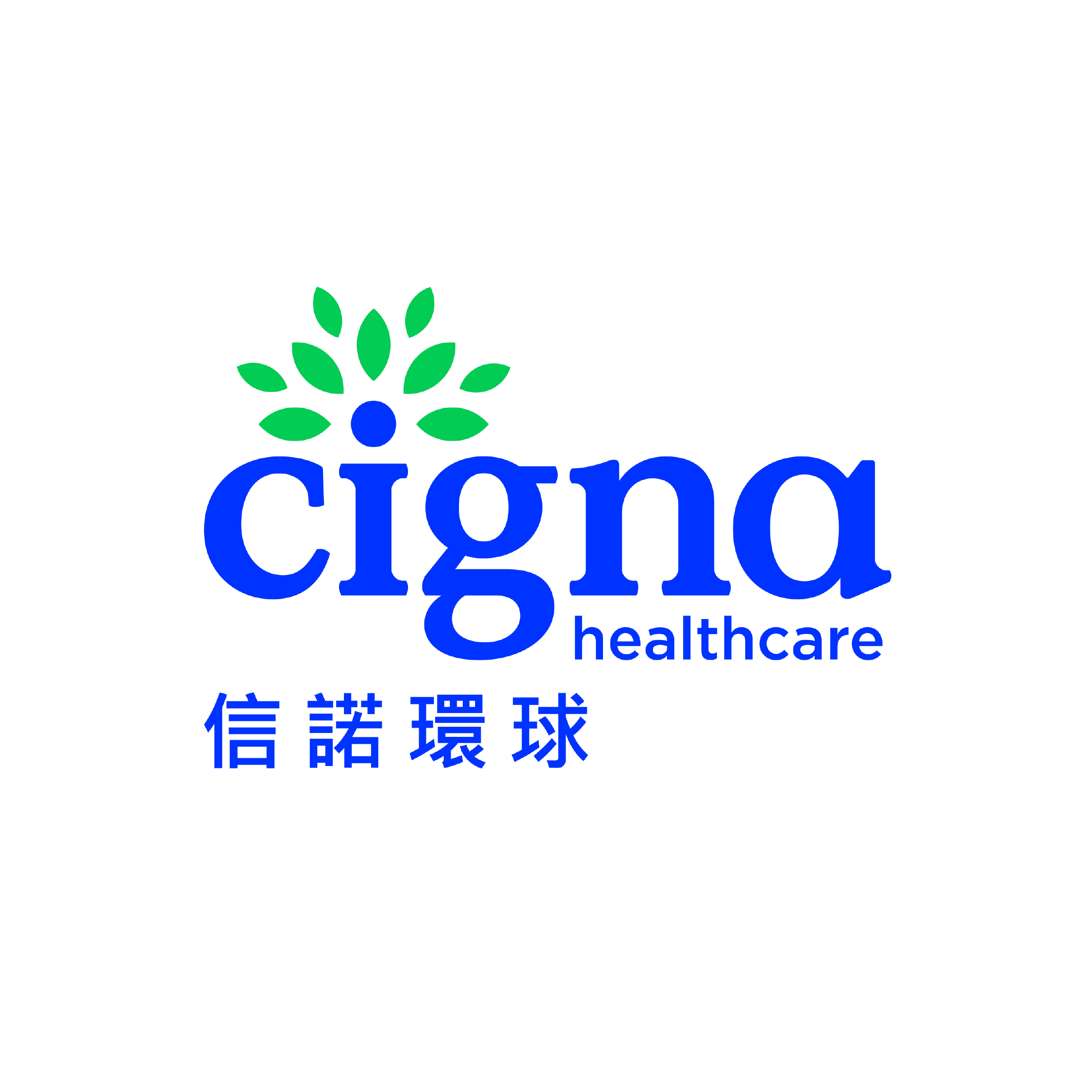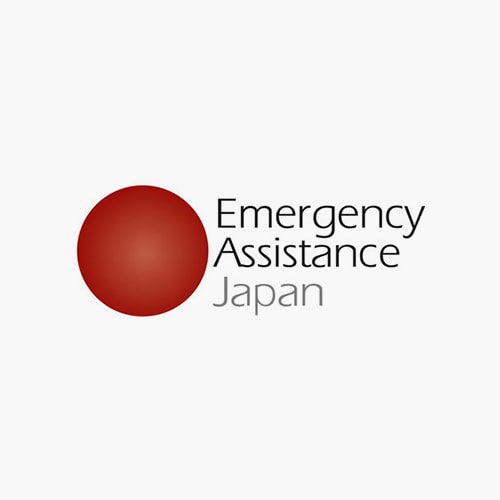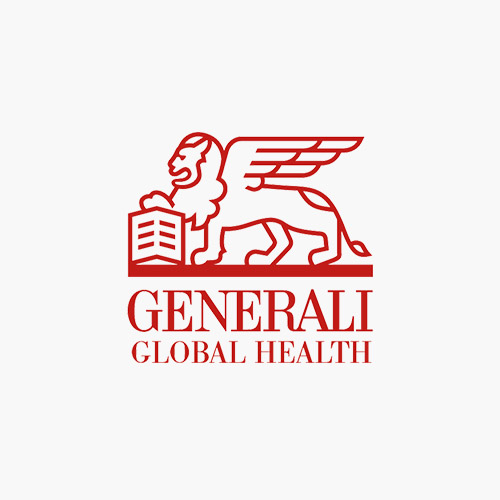
Hong Kong Headquarters
Beijing
Shanghai
About Us
Asia Medical Specialists is a team of doctors who are sub-specialised in different areas of medical expertise and work together to provide comprehensive and expert care.
Our flagship is located in the heart of Central, with 10,000 square feet since 2005. Apart from Hong Kong, our doctors also consult in Beijing and Shanghai.
MoreCentral Clinic
8/F, China Building, 29 Queen's Road Central
Tel +852 2521 6830
Mon–Fri 9am–6pm
(closed on Sat, Sun and public holidays)
Suite 105, Wing 1, Kunsha Building, 16 Xinyuanli, Chaoyang District, Beijing 100027.
Tel +86 10 6462 9112
Email:specialistservice_beijing@rafflesmedical.com
Tel +86 10 6462 9112
Email:specialistservice_beijing@rafflesmedical.com
699 Ping Tang Road, Changning District, Shanghai 200335.
Tel +86 400 639 3900
Email:shu.orthocoordinator@ufh.com.cn
Tel +86 400 639 3900
Email:shu.orthocoordinator@ufh.com.cn
1598 Xin Jin Qiao Road, Pudong New District, Shanghai 200335
Tel +86 21 3886 2888
Email:pdusurgery.nurse@ufh.com.cn
Tel +86 21 3886 2888
Email:pdusurgery.nurse@ufh.com.cn
I want to find more
information on
information on
CMC Joint Arthroplasty
>Medical Articles
Lumbar Spinal Stenosis FAQs
Lumbar spinal stenosis most commonly causes cramping, pain or pins & needles in one’s legs; but it can also cause: back pain; loss of sensation in the legs; and sometimes problems with bladder or bowel function.
Detail >
'Slipped Disc' FAQs
Slipped disc' is a colloquial term for a burst (or prolapse or herniation) of the intervertebral disc. The term herniated disc is interchangable. This is much like a jam doughnut bursting and the jam coming out. From early adulthood, the annulus fibrosus becomes weaker [1]. As a result, the interv
Detail >
Your New Knee-Precision-Planned A Step-by-Step Gui...
If knee replacement seems daunting, consider ROSA. It's not an autonomous robot, but a surgeon's high-tech co-pilot. Using a 3D digital plan of your unique anatomy provides real-time data for a precise, personalised procedure, supporting better outcomes from surgery to recovery.
Detail >
Lumbar Disc Replacement FAQs
The ‘intervertebral discs’ are the shock absorbers between the bones of the spine. Unfortunately, they often degenerate – tearing, bursting, or just wearing out...
Detail >
Hamstring Tendon Tears FAQs
This provides information to patients on 'high' hamstring tendon ‘tears’ or ‘bone avulsions’, but not ‘tendinitis’ or ‘tendinopathy’. A ‘tear’ in this context usually means the tendon tears away from the bone. Sometimes the tendon pulls a piece of bone away, instead of tearing away from the bone...
Detail >
Interventional Pain Management
Pain is a multidimensional experience. Chronic pain differs from acute pain in that it lasts for more than 3-6 months, and there may not be obvious tissue injury leading to the pain. The pathway leading from stimulus to perception may be sensitised. There is often associated depression...
Detail >
Chronic Pain After Ankle Injury
Ankle injuries are one of the most common sports injuries, accounting for 10-20% of injuries in different sports. Ankle injuries can be divided into: soft tissue (ligamentous/joint capsule) injury, bone injury (fracture/contusion), or combined. Soft tissue injuries (ankle sprain) are...
Detail >
Clavicle Fracture FAQs
Fractures of the collar bone (clavicle) are common and seen in all age groups. Most are due to a fall onto the shoulder. Clavicle fractures are divided into medial, mid-shaft and lateral fractures, in which mid-shaft are the most common (80%)...
Detail >
Dupuytren's Contracture-Causes, Symptoms and Treat...
Dupuytren's contracture (also known as Viking disease, Celtic hand, Morbus dupuytren) is deformity condition that the fingers (in most cases, the little or ring finger ) bent in a flexion position permanently. This condition is a disorder of the connective tissue.
Detail >
Understanding Uroflowmetry: A Key Tool in Diagnosi...
Uroflowmetry is a non-invasive test that measures the flow rate of urine over time. This simple yet insightful procedure can help healthcare providers diagnose various urinary tract disorders and conditions affecting a person’s ability to urinate.
Detail >
Chronic Ankle Instability FAQs
Chronic ankle instability is the feeling that the ankle is “weak” or “loose” or “gives out” or feels “unstable”. It is a common problem following an ankle sprain: up to 40% of people who badly sprain an ankle go on to have repeat sprains, and symptoms of instability.
Detail >
Are you aged over 35 and feeling unfit or having a...
If you lack exercise and your waist is bulging forward or hanging down, take note that you may already have or
on the way to have Metabolic Syndrome.
Detail >
Scoliosis: a common condition which is frequently ...
Idiopathic scoliosis accounts for 80-85 % of cases. The spine is normal at birth but develops a deformity in childhood. It can occur in toddlers and young children, but the majority of cases occur from age 10 to 15. Two to three percent of adolescents have scoliosis. Boy and girls are equally affected by small curves, but girls are eight times more likely to develop progressive curves.
Detail >
Common Presentations in the Head and Neck
Lumps in the head and neck are
common and the cause is usually
benign. There are numerous causes
of head and neck masses. Nevertheless these may be the presentation of either a malignancy or a chronic infection...
Detail >
Sacroiliac Joint Pain FAQs
Sacroiliac (SI) joint pain is a challenging condition affecting 15% to 25% of patients with axial low back pain,
for which there is no standard long-term treatment. Recent studies have demonstrated that historical and physical examination findings and radiological imaging are insufficient...
Detail >
Femoral Osteotomy FAQs
The femur is the thigh bone. The term ‘osteotomy’ means ‘cutting a bone’. Femoral osteotomy is an
operation to correct the anatomy by cutting the thigh bone and repositioning it.
If the acetabulum, or socket of the hip joint is also incorrectly angled or twisted, this would be cut and
corrected at t
Detail >
OA Knee FAQs
Osteoarthritis (OA), the most common form of arthritis, is a chronic, degenerative, joint disease that affects mostly middle-aged and older adults. It is characterised by the breakdown of joint cartilage and adjacent bone...
Detail >
Biological Knee Replacement (BKR) FAQs
Biological Knee Replacement (BKR) involves repairing a badly damaged knee with natural tissues instead of replacing the entire knee with a metal and plastic Total Knee Replacement (TKR)...
Detail >
Meniscal Regeneration By Meniscal Scaffold Implant...
Irreparable major meniscal tears pose a very difficult problem in the young and active patients who sustain these kinds of injuries. Arthroscopic partial meniscectomy, the most commonly used treatment option for meniscus tear creates substantial number of patients suffering the effect of...
Detail >
Acetabular Dysplasia FAQs
What is Acetabular Dysplasia? Acetabular dysplasia is a condition in which the socket of the hip joint is too shallow, or facing the wrong way. It is part of the condition known as ‘Developmental Dysplasia of the Hip’ (DDH), which was previously known as ‘Congenital Dislocation of the Hip’ (CDH)...
Detail >
Treatment of Cervical Disc Hernia or Degeneration
Cervical disc hernia with spinal cord or nerve root compression is a common disease. It is common in younger
population including those without special risk factors. Surgical treatment has good outcomes if conservative
treatment fail...
Detail >
ACL FAQs
ACL is the ‘Anterior Cruciate Ligament’ which is a vital part of the system that controls the complex gliding and bending movement of the knee which allow people to do everything from walking slowly to ballet and gymnastics, most ACL injuries are ‘noncontact’...
Detail >
Patellofemoral Pain
Anterior Knee Pain – or pain at the kneecap - is a very common complaint. Most anterior knee pain is from the joint between the kneecap (patella) and the thigh bone (femur), known as the patellofemoral joint. This article looks at the assessment and treatment options of anterior knee pain.
Detail >
Articular Cartilage Injuries in the Knee: FAQs
Articular cartilage is the white shiny covering over the ends of the bones in a joint – it is the substance which makes a joint a joint, rather than two pieces of bone rubbing together. Articular cartilage has unique mechanical properties, being very low friction, highly shock absorbing, an
Detail >
Sweaty Palms
Excessive sweating in the palms (palmar hyperhidrosis) is a common condition affecting about 1 to 4 % of the population. Unfortunately non-surgical means do not work very well, whereas open approach thoracic sympathectomy has not been popular due to its operational size...
Detail >
Ankle Fracture FAQs
Ankle injuries are common. Sprains are best treated by physiotherapy. Severe sprains may benefit from about 10 days with a cast. Minor (undisplaced) ankle fractures (breaks) can usually be treated with a cast/aircast. More
severe fractures require operation to fix the fractures.
Detail >
Femoro-Acetabular Impingement (FAI) FAQs
Femoro-Acetabular Impingement (FAI) is a condition in which the two bones which make up the hip joint pinch against each other, or ‘impinge’, at the extremes of motion, causing damage to the joint...
Detail >
Familial Hypercholesterolaemia FAQs
Familial Hypercholesterolaemia (FH) is a genetic condition causing high cholesterol levels resulting in heart attacks at an early age. It is one of the most common genetic conditions, affecting about one in 250 people in most populations.
Detail >
Gastroscopy FAQs
Gastroscopy is the examination of the oesophagus (In US English, esophagus, thus the procedure may be called ‘EGD’), stomach and duodenum (first portion of the small intestine) by a thin, flexible tube called a gastroscope which has its own camera lens and light source.
Detail >
Piriformis Syndrome FAQs
A Piriformis Syndrome is a buttock pain condition arising from Piriformis muscle and sciatica owing to compression of the Sciatic nerve by the Piriformis muscle
Detail >
Diagnosis of Low Back Pain FAQs
Accurate diagnosis of back pain isn’t always easy. The human spine is very complex, so it can be difficult to pinpoint the exact cause of low back pain or other symptoms...
Detail >
Haemorrhoids: Management update and a word of caut...
Here are three cushions present in the normal anal canal, which contribute 10 15-20% anal closure pressure and are important for both flatus and faecal continence. Haemorrhoids occur when these vascular cushions become congested and swollen, and when the condition becomes severe...
Detail >
Bunions FAQs
Hallux valgus is the medical term for “bunions”, which refers to the abnormal angulation of the big toe towards the second toe.
Detail >
Living through the uncertainties: Covid-19 pandemi...
The impact of the SARS-CoV2 has been to severely disrupt people’s lives, while posing an invisible threat.
Detail >
Treatment of Arthritis of the Hip FAQs
Hip Arthritis treatment options consist of 4 stages. The first 3 stages in most are temporary solution to buy time for Hip replacement which would be the permanent solution for Hip Arthritis
Detail >
Hallux Rigidus FAQs
Hallux Rigidus is describing the degeneration of the joint at the base of the big toe – called metatarsophalangeal, or MTP joint. It is the most common site of arthritis in the foot region. It is usually develops in adults at the ages between 30 and 60 years...
Detail >
Minimally Invasive Thoracic Surgery
Thoracotomy is one of the most painful incisions of any surgical procedure, and its associated complications, such as pneumonia, are well known. Video-Assisted Thoracoscopic Surgery (VATS) offers the benefits of a minimally invasive approach with reduced pain and complications...
Detail >
Common Hand Disorders
The symptoms of common hand problems include lumps, deformities, loss of function, pain and sensory disturbances such as numbness or pins and needles. This article gives a brief overview of the most common hand disorders categorised according to the typical symptoms.
Detail >
Carpal Tunnel Syndrome FAQ
Carpal tunnel syndrome (CTS) is a condition due to compression of the median nerve as it travels through the wrist at the carpal tunnel. The main symptoms are pain, numbness, and tingling, in the thumb, index finger, middle finger, and the thumb side of the ring fingers.
Detail >
Anterior Inferior Iliac Spine Avulsion Fracture FA...
What is the Anterior Inferior Iliac Spine? The Anterior Inferior Iliac Spine (AIIS) is a piece of bone just above the hip joint, which is the attachment of part of the rectus femoris muscle, one of the quadriceps muscles of the front of the thigh...
Detail >
Colonoscopy FAQs
A colonoscopy is an examination of the inside lining of the large bowel. Any abnormalities will be visualised on the monitor screen. Small polyps are usually removed at the same time, or biopsies of large polyps, tumours or inflammation will be taken for further evaluation...
Detail >
How Fit Are You
Do you want to get in shape? Do you want to boost up your energy?
It’s as easy as ABC.
Detail >
Choosing Among Different Types of Hip Replacement ...
Arthritis is one of the most common causes of pain in the hip and various treatments are available for patients at difference stages. Patients who experience light pain are suggested to do physiotherapy. When the pain gets worse, injections might be required...
Detail >
Clinical Psychology Services
At some point in one’s life, they may reach a stage where they feel lost, fearful or confused. Sometimes these feelings manifest into stress or depression. Clinical psychology gives you the tools to cope with these feelings, while offering you the solutions to change your life.
Detail >
Ankle Sprain FAQs
A sprain is a tear of a ligament. Ligament tears can vary from very minor - a few fibres stretched - to complete tears of the entire ligament. The most common type of sprain is a lateral ankle sprain, where the ligaments on the outer part of the ankle joint are sprained...
Detail >
Hamstring Tendinopathy FAQs
Usually patients complain of pain in one or both buttocks after sport. With time the pain becomes more constant, and it often becomes uncomfortable to sit. This article explains the diagnosis and different treatment options on proximal hamstring tendinopathies.
Detail >
Stroke Prevention and Management
This publication on stroke prevention and management highlights the need to reduce the local burden of stroke through the screening of Individuals for stroke risk management and through ensuring a prompt and effective treatment response after stroke onset.
Detail >
The New Concept and the Latest Advances in Stroke ...
The old concept of ‘Cerebrovascular Accident” is recently replaced by the new concept of “Brain Attack”. Just like heart attack, brain attack is also an acute cardiovascular disease. Both heart attack and brain attack are of similar aetiologies...
Detail >
Juvenile and Adolescent Idiopathic Scoliosis FAQs
Scoliosis is a form of twisting of the spine. The term scoliosis is from the Ancient Greek term for ‘bending’. The medical term scoliosis is used to describe sideways bending, although the deformity is usually twisting of the spine in three dimensions.
Detail >
Shoulder Dislocation FAQs
Shoulder dislocation is one of the most common shoulder injuries in which your upper arm bone pops out of the cup-shaped socket that's part of your shoulder blade.
Detail >
Tennis Elbow-Lateral Epicondylitis , the frequentl...
Tennis elbow is a painful condition on the outside of your elbow. The correct clinical name is Lateral Epicondylitis. It is caused by repeat overload of the forearm extensor muscles and tendons, leading to muscle micro-tears, inflammation, and pain.
Detail >
Persistent Ankle Instability After Ankle Injury
Ankle injuries are one of the most common sport related injury, from several different studies, it accounts from 11.2-20.8% 1 in different types of sports.
Detail >
Post-Surgery Quality of Life for Adolescent Idiopa...
Health-related quality of life (HRQoL) outcome questionnaire, Scoliosis Research Society (SRS)-30, has been well received since its establishment in 2003. Literatures from Asia on the use of SRS-30 mainly focused on the translation process and validation process, but not on measuring outcomes, parti
Detail >
Heart Disease prevention Staying Healthy is Gold
Most of us are born healthy, so staying healthy makes perfect sense. How? Decades of medical advance have added to existing knowledge, staying healthy boils down to 3 main areas for consideration – Exercise, Diet and most critically, How We adhere to these disciplines.
Detail >
Achilles Tendinopathy FAQs
Achilles tendinopathy refers to diseases of the Achilles tendon, which often caused by degenerative problems with combination of intrinsic and extrinsic factors. This article will focus on non-insertional Achilles tendinopathy...
Detail >
Rotator Cuff Tear FAQs
The rotator cuff is the joined-up of tendon of four of the muscles which move the shoulder, mainly to control the stability and coordinated movement of the shoulder joint. Tears can vary hugely in severity from small partial thickness tears which may not cause any problems...
Detail >
Frozen Shoulder FAQs
Shoulder pain is a common problem. Shoulder pain is commonly labeled ‘frozen shoulder’. But what is ‘frozen
shoulder’? Is shoulder pain always frozen shoulders or are there other shoulder problems? How do we recognise a ‘true’ frozen shoulder? What is the treatment?
Detail >
My Thyroid has Nodules! What shall I do
The prevalence of thyroid nodules in any population will depend on various factors which include… sex, age, diet, iodine deficiency and also to the likelihood of radiation exposure be it environmental or therapeutic. Thyroid nodules are more common...
Detail >
Breast Screening: Today
Studies have shown that regular screening of women with no symptoms has decreased the number of women who die from breast cancer by approximately 45 percent.
Detail >
Meniscus FAQs Tears Repairs and Transplantation
The menisci are two rubbery crescent moon shaped flat pieces of cartilage in each knee. The English colloquial term is ‘cartilage’, which can be confusing because the knee also contains articular cartilage...
Detail >
A New Era of Precision-Understanding Robotic-Assis...
Robotic knee replacement utilizes 3D planning for precise implant positioning and soft-tissue balancing. This enhanced accuracy promotes faster recovery, more natural knee function, and potentially longer-lasting results, while keeping the surgeon fully in control of the procedure.
Detail >
CMC Joint Arthroplasty-Relief for Thumb Arthritis ...
When thumb arthritis pain persists, CMC joint arthroplasty can help. This surgical procedure replaces the damaged joint with an implant, relieving pain while preserving thumb mobility. Discover the benefits and recovery for this effective solution to regain hand function.
Detail >
Investigations for Colorectal Cancers
Colorectal cancers (CRC) are among the most common cancers in developed countries. In Hong Kong, 1,981 people died from CRC in 2013. These deaths are unnecessary as we now know CRC are largely “preventable”! Most of the CRC in fact develop from adenomatous polyps...
Detail >
Minimally Invasive Surgery in the Foot and Ankle
There are numerous surgical treatment methods to foot & ankle illnesses, but many of them are replaced by minimally invasive surgery (MIS), for example, Percutaneous Distal Chevron Osteotomy to treat hallux valgus, Percutaneous Cheilectomy for hallux rigidus...
Detail >
Degenerative Adult Scoliosis FAQs
Degenerative lumbar scoliosis is a side deviation of the spine that is common in the elderly population. The article will cover the the scoliosis's types, symptoms, and causes. As well as treatment options between non-surgical and surgical.
Detail >
Gastrointestinal (GI) Surgery Service
Gastrointestinal surgery is one of the major subspecialties of surgery. It includes every part of the gut from the
oesophagus (food pipe) that carries food from the mouth to the other end from which digested residue leaves the body.
Detail >
